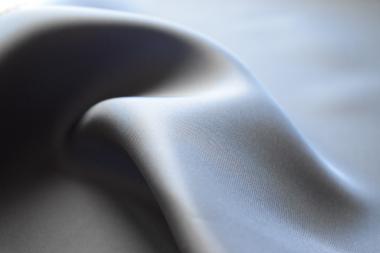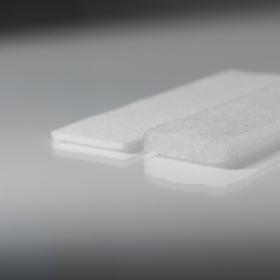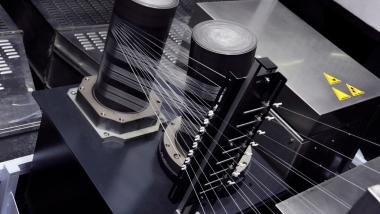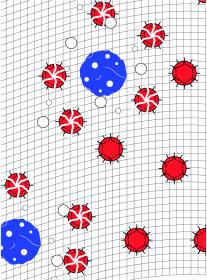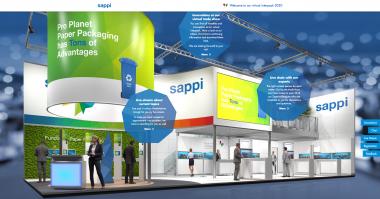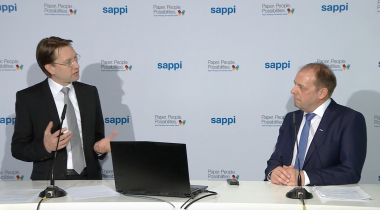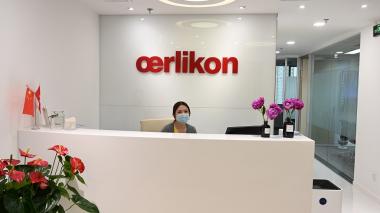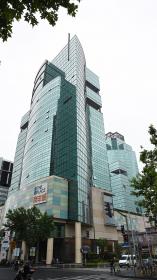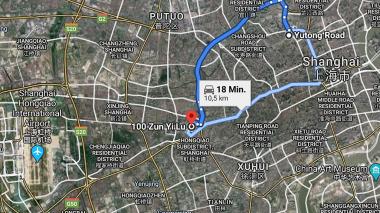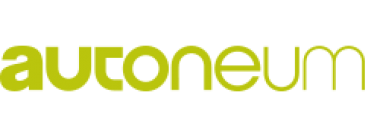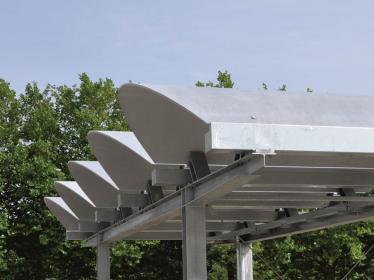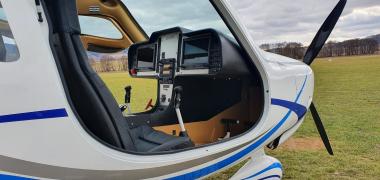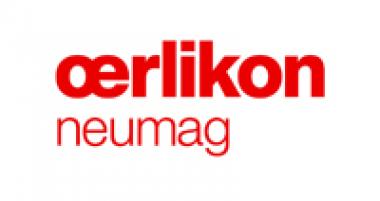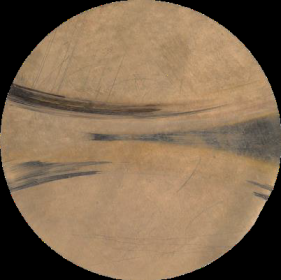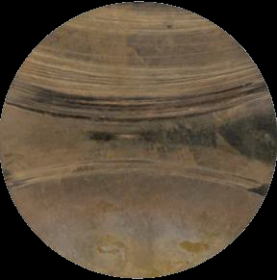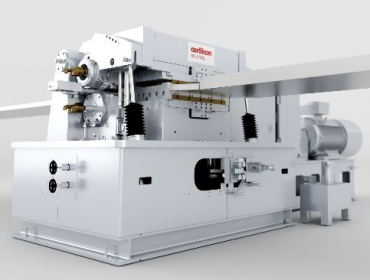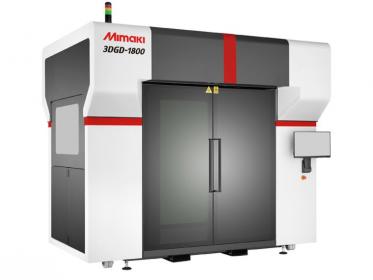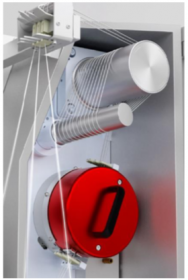Bemberg™ Natural Stretch linings by Gianni Crespi Foderami
- “the preciousfabric that naturally stretches without tricks”
Bemberg™ Natural Stretch, the ground-breakingprecious fabric by Gianni Crespi Foderami s.r.l. is the 100% sustainable lining fabric created from a cutting-edge highly engineered process Specialized in the creation of linings for high quality menswear, womenswear and childrenwear, Gianni Crespi Foderami s.r.l.has teamed up with Bemberg™, the Japanese brand of regenerated cellulose fibers by leading materials manufacturer Asahi Kasei, to develop a precious 100% Bemberg™ lining with outstanding stretch performance woven in its DNA.
Bemberg™ Natural Stretch was achieved thanks to the leading Italian manufacturer’s ability to vertically set up, control, engineer and design a whole integrated production process, ranging from sectional warping the shipment service.Bemberg™ Natural Stretch achieve maximum flexibility, resistance, and comfort without the use of elastomers and polyesters. How? The secret is in the process indeed.Elasticity is achieved thanks to a complex way of yarn twisting, weaving, and finishing.Bemberg™ yarns are smart, responsible and high-tech. Made from a cotton linter bio-utility material, the natural derived source does not deplete forestry resources.
The company’s matchless, high-tech natural fibers are characterized by a unique touch and feel as well as unique performances such as moisture control and is antistatic.Bemberg™Natural Stretch: a smart solution for contemporary living.
GB Network


